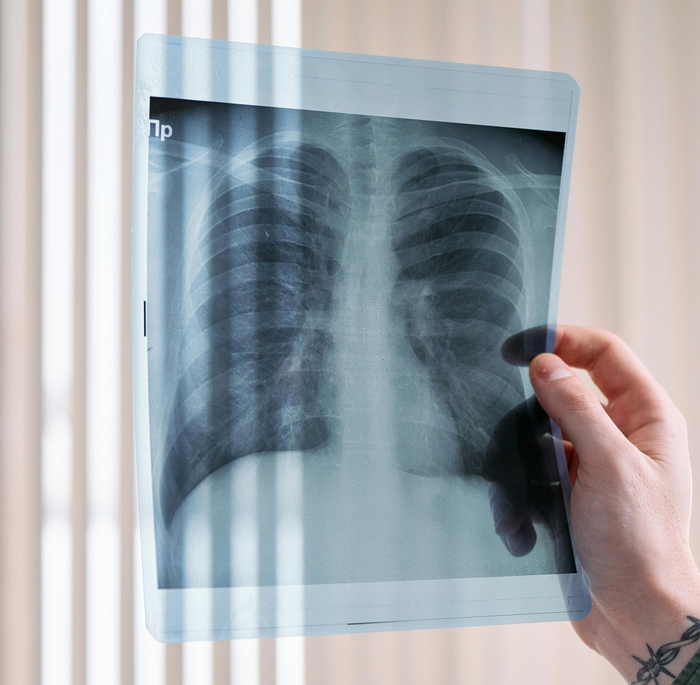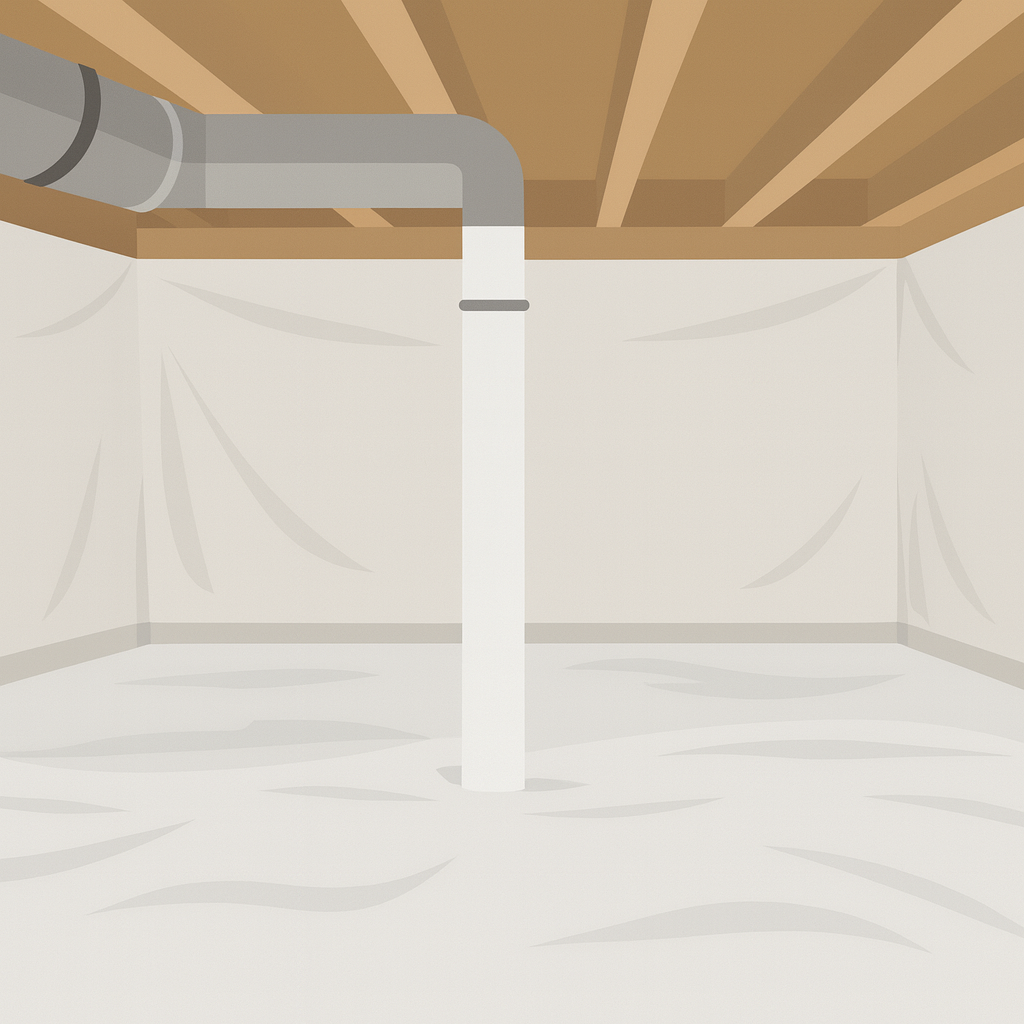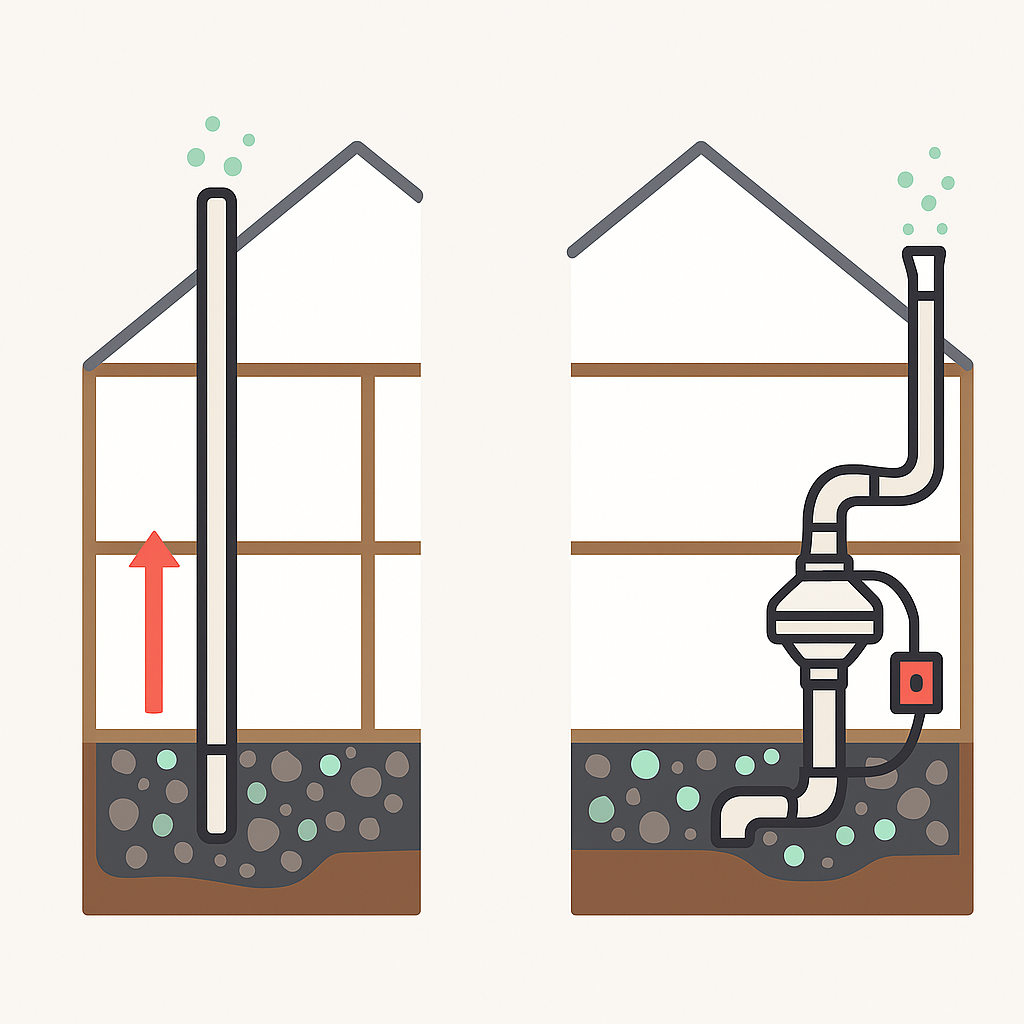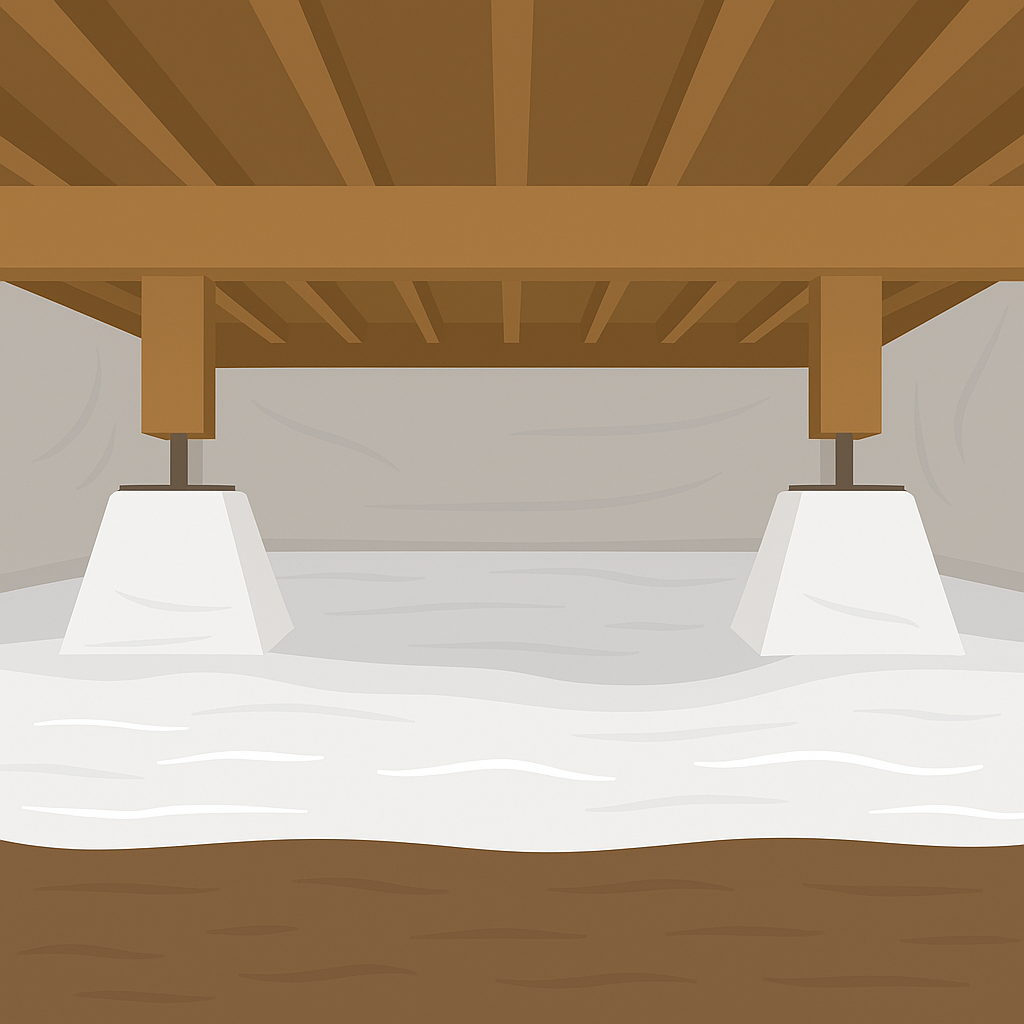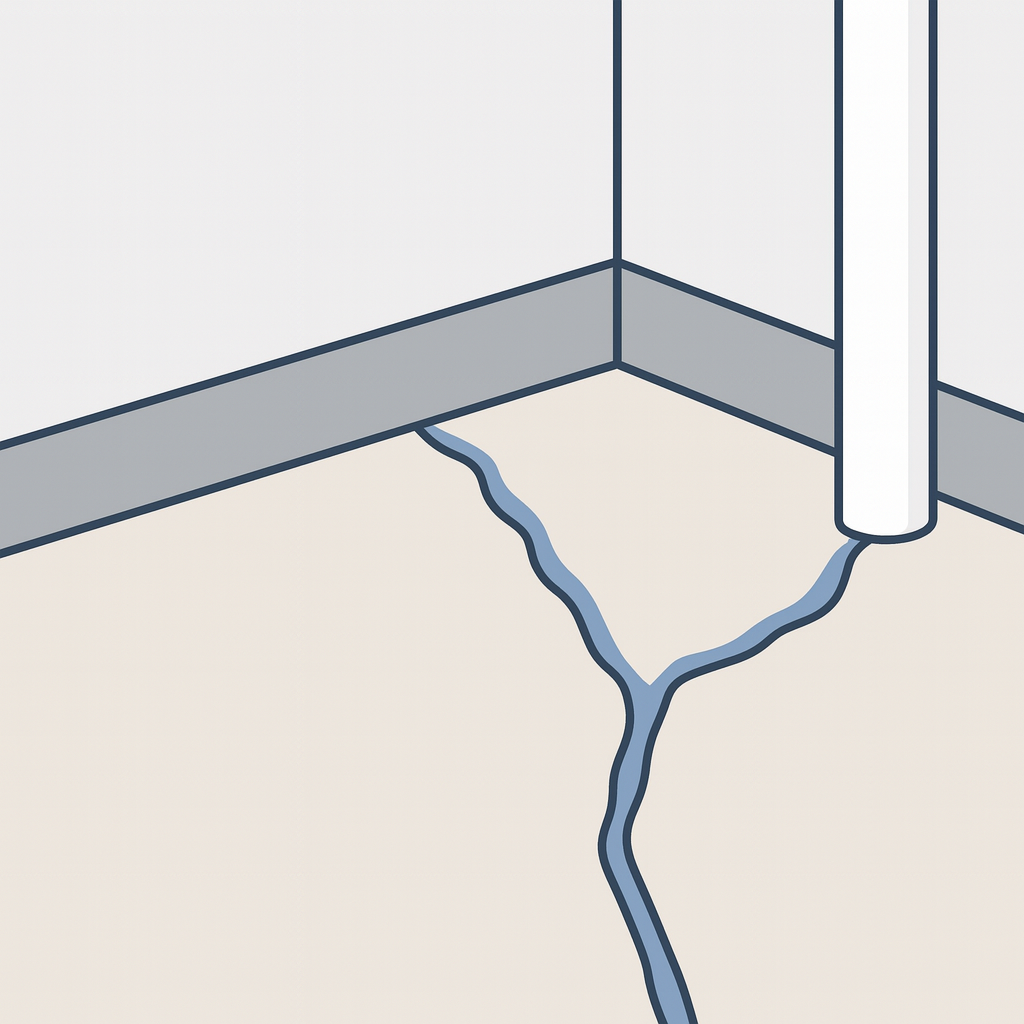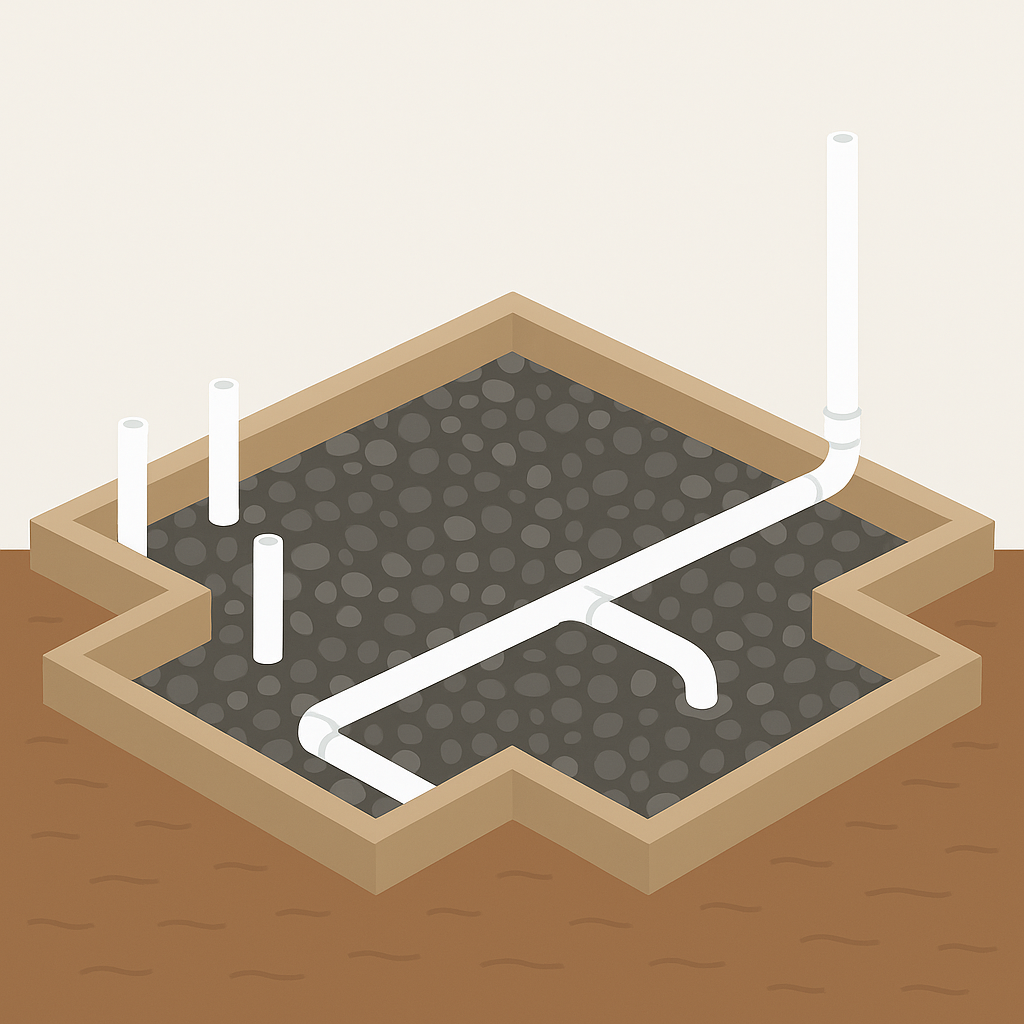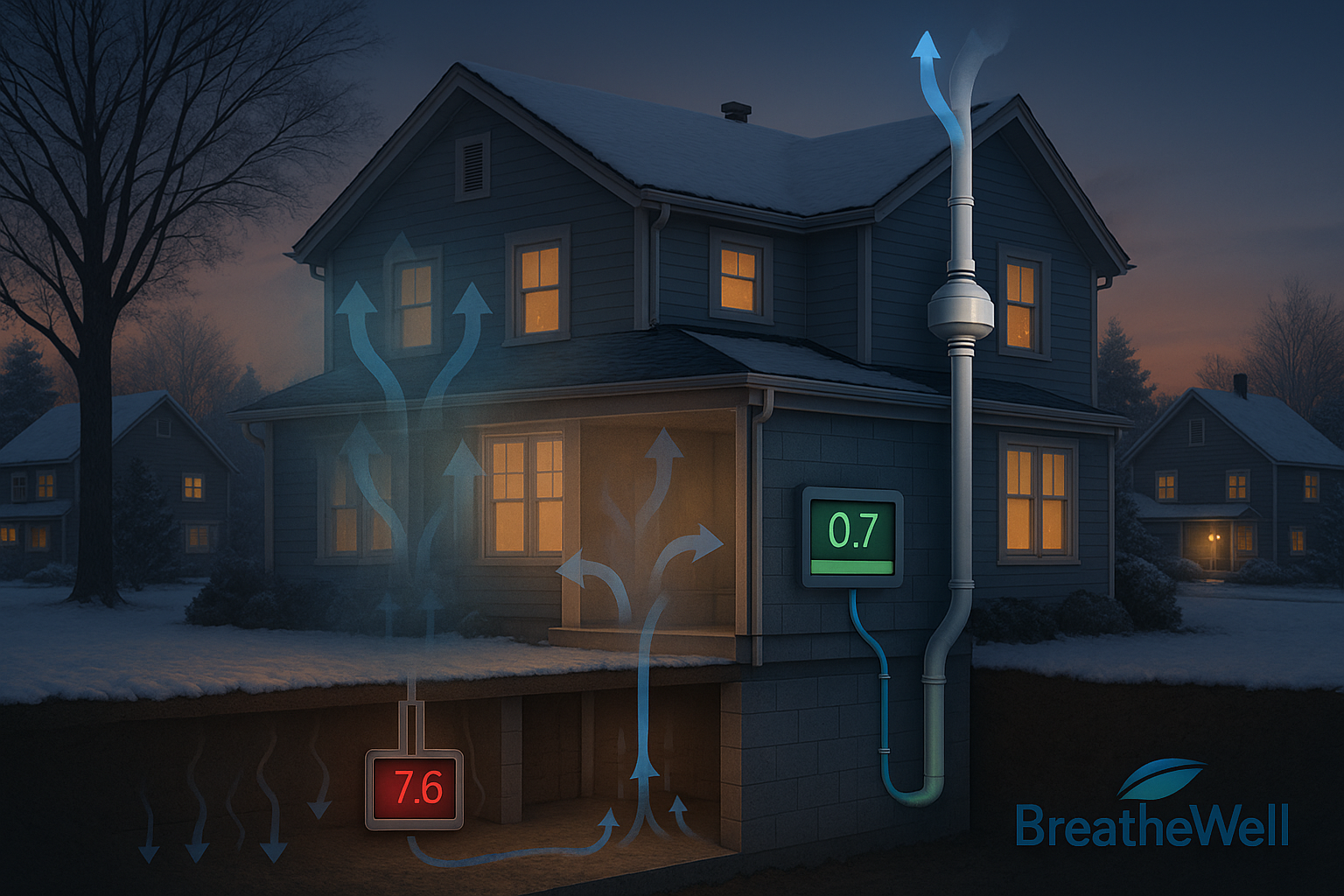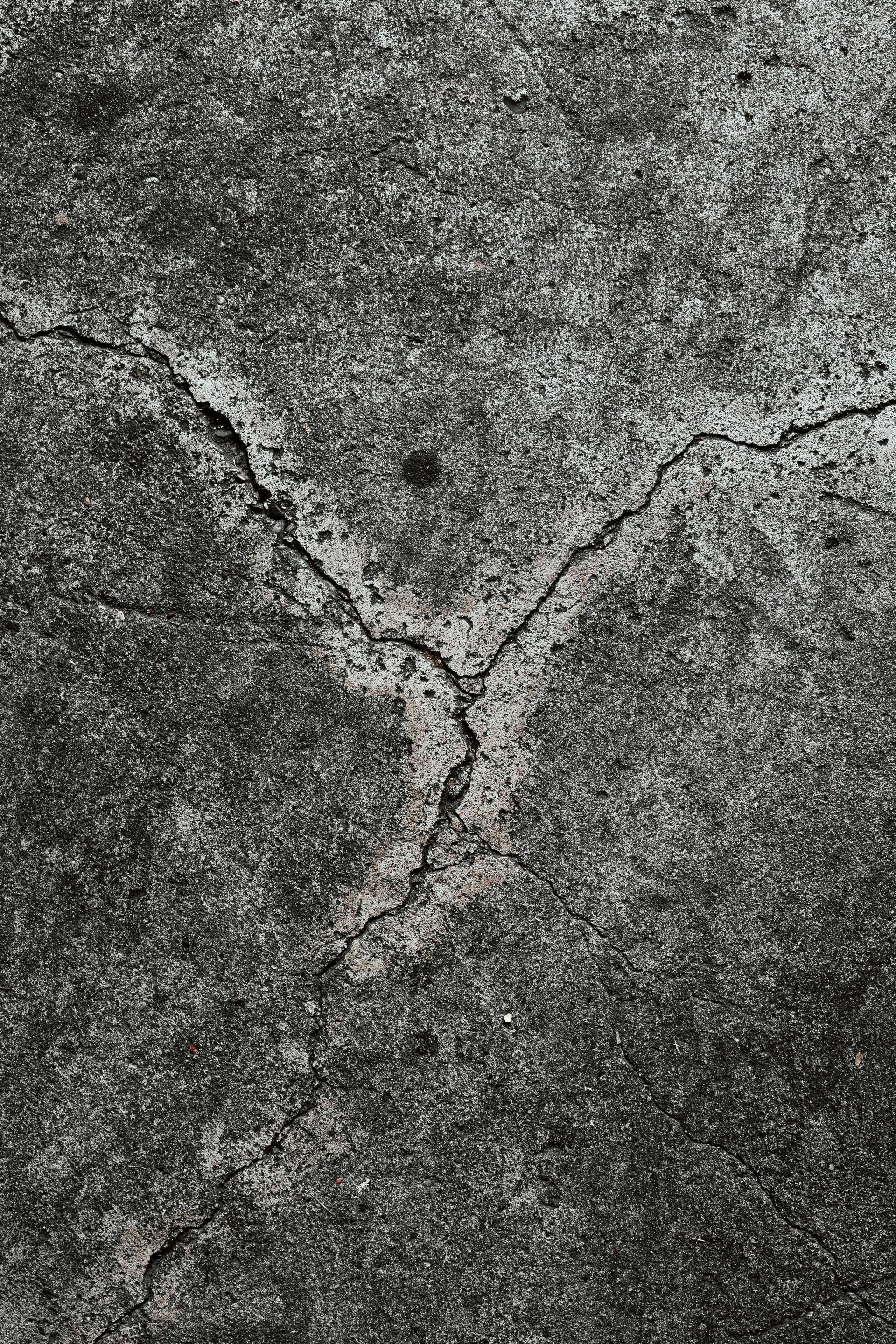BreatheWell Radon Solutions:
Protecting St. Paul Families from Radon
Your home should be your safe space. But if radon gas is seeping into your basement or living areas, it could be silently threatening your health.
At BreatheWell Radon Solutions, we specialize exclusively in radon mitigation systems designed to reduce radon levels and protect your family’s well-being in St. Paul and the Twin Cities.
What is Radon?
Radon is a naturally occurring radioactive gas created when radium in the soil and rock breaks down. It’s colorless, odorless, and invisible — which means you can’t detect it without testing.
In Minnesota, radon is a serious concern. The Environmental Protection Agency (EPA) has set 4.0 pCi/L as the action level for radon, yet two in every five Minnesota homes test above that level.
Once high levels are confirmed,
mitigation is the only way to reliably reduce exposure.
Why Radon Matters
Radon isn’t just a number on a test report — it’s a proven health hazard.
- #1 cause of lung cancer in non-smokers
- #2 cause of lung cancer overall (after smoking)
- Thousands of lung cancer deaths in the U.S. each year are attributed to radon exposure
Minnesota’s geology makes radon especially widespread.
Many homes in St. Paul, Minneapolis, and surrounding suburbs test far above EPA guidelines. Mitigation is the proven way to reduce those levels and safeguard your health.
Our Radon Mitigation Process
Every home is unique, so our systems are tailored to your property. Here’s how it works:
- Planning & Design
We identify the best location for suction beneath the slab and determine the most effective venting route. - Suction Point Creation
A hole is drilled into the slab or crawl space. A PVC pipe is sealed in place, creating a pathway to remove radon. - Radon Fan Installation
A quiet, energy-efficient fan is connected to the pipe, pulling radon continuously from beneath your home. - Safe Venting
Radon gas is vented above the roofline, where it dissipates harmlessly into the outdoor air. - System Monitoring
Every system includes a monitor so you can visually confirm it’s operating correctly.
Installation usually takes just one day. From then on, your system runs automatically, requiring very little attention.
How Radon Enters Homes in St. Paul
Radon seeps up from the ground beneath your house and finds its way inside through:
- Cracks in the basement floor or foundation walls
- Sump pits and floor drains
- Crawl spaces
- Gaps around plumbing or wiring
- Even the pores of the concrete itself
Once indoors, radon accumulates in the lowest lived-in areas — often basements and family rooms, where St. Paul families spend significant time.
Why St. Paul Homeowners Choose BreatheWell
- Local Expertise – We understand Minnesota soils and construction styles.
- Certified Installers – Our systems follow EPA and state mitigation standards.
- Custom Systems – No two homes are alike. We design solutions tailored to your property.
- Long-Term Protection – Our fans and piping are built for continuous operation.
- Peace of Mind – Once installed, your home is safer — permanently.
Radon in Real Estate
Radon often comes up during home sales in St. Paul and the Twin Cities. Buyers want assurance that levels are safe, and sellers don’t want deals to fall apart at inspection. Installing a mitigation system now eliminates uncertainty and adds value to your property.
Don’t Wait to Mitigate
Testing may reveal the problem, but mitigation is the solution. If your St. Paul home has high radon levels, the safest choice is to act now.
Call:
(651) 615-7770
Email:
breathewellstpaul@gmail.com
Serving:
St. Paul, Minneapolis, Woodbury, Maplewood, Roseville, Eagan, Bloomington, Inver Grove Heights, Shoreview, White Bear Lake, Cottage Grove, and nearby suburbs.
Breathe Well. Live Well.
Contact Us
More Information About Mitigation:
Frequently Asked Questions About Radon Mitigation in St. Paul
What is radon, and why is it dangerous?
Radon is a colorless, odorless gas created by the natural breakdown of uranium in Minnesota soils and rock.
When it seeps into homes through cracks or foundation gaps, it can build up to unsafe levels. The EPA identifies radon as the second leading cause of lung cancer in the U.S. Reducing radon levels with a mitigation system is the only way to protect your family long-term.
How do I know if my St. Paul home needs radon mitigation?
If a radon test shows levels at or above 4.0 pCi/L, the EPA recommends installing a mitigation system.
In Minnesota, about 40% of homes exceed this action level due to soil conditions. Even homes below 4.0 pCi/L often choose mitigation for peace of mind and smoother real estate transactions.
How does a radon mitigation system work?
A mitigation system uses a PVC suction pipe and a specialized radon fan to pull radon gas from beneath your foundation and vent it safely outside above your roofline.
This prevents the gas from entering your living spaces. A properly installed system runs continuously, requires minimal maintenance, and immediately lowers indoor radon levels.
How much does radon mitigation cost in the Twin Cities?
Costs vary depending on your home’s size, foundation type (slab, basement, crawlspace), and system complexity.
Most radon mitigation systems in St. Paul range between $1,200–$2,000, including professional installation and warranty. We provide upfront estimates and tailor every system for maximum efficiency.
How long does installation take?
Most radon mitigation systems are installed in just one day.
Our certified team designs the system, drills a suction point, installs sealed piping and a fan, and vents it properly above your roofline. Before we leave, we check airflow to ensure the system is running as designed.
Will a mitigation system lower my radon levels below the EPA action level?
Yes. A professionally designed system from BreatheWell typically reduces radon to well below 2.0 pCi/L, often under 1.0. We design systems for long-term reliability, giving you peace of mind that your Twin Cities home is safe.
What maintenance does a radon mitigation system need?
Maintenance is minimal. The radon fan runs continuously and is built for years of operation. The only part that may eventually need replacement is the fan, which usually lasts 7–10 years. We also recommend occasional radon retesting to confirm your system is performing as expected.
Can a radon mitigation system affect my home’s energy efficiency?
No. The system is designed to run efficiently without interfering with your heating or cooling.
The fan consumes very little electricity — often less than a standard light bulb.
Do radon systems help with real estate transactions in St. Paul?
Absolutely. In Minnesota, radon is a common concern during home sales. Installing a mitigation system protects buyers, removes obstacles in inspections, and can increase your home’s value by showing that the radon issue has already been solved.
Why choose BreatheWell Radon Solutions in St. Paul?
- Certified, local experts familiar with Minnesota soils and housing styles
- Mitigation-only focus, meaning we don’t split attention with unrelated contracting
- Custom system design for each home
- One-day installation and long-term reliability
- Trusted by homeowners and real estate agents throughout St. Paul and the Twin Cities
How do I get started with radon mitigation in St. Paul?
The process is simple:
1. Contact us for a free estimate.
2. We’ll design a system tailored to your home.
3. Our certified team installs the system in just one day.
4. You enjoy peace of mind knowing your radon levels are safe.
Call: 651-615-7770
Email: breathewellstpaul@gmail.com

